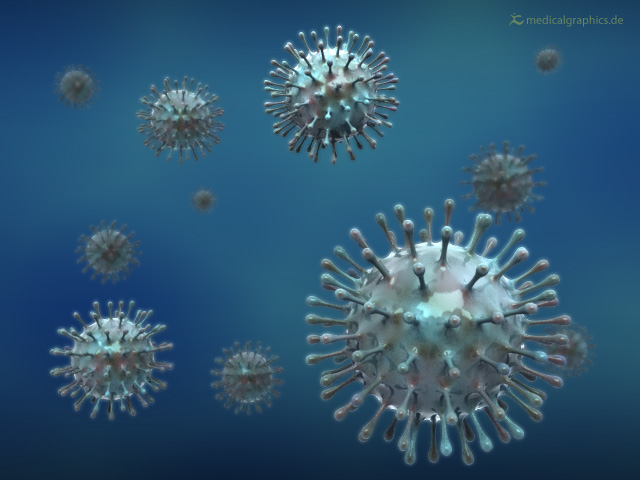A major cause of morbidity/mortality during influenza virus infection is secondary bacterial co-infection. Indeed, bacterial co-infection is thought to have been the predominant cause of death during the 1918 influenza pandemic that killed over 50 million people. However, the molecular mechanisms underlying this synergy are not clearly defined. Our research has revealed that the mechanisms differ between influenza virus strains and include inhibition of lung epithelial repair processes and perturbations of inflammation-related coagulation. These studies have identified potential new therapeutic targets to mitigate the pathology associated with severe influenza-bacteria co-infection. Importantly, these studies have also revealed the significant modulation of bacterial-specific gene responses in the presence of virus, opening a completely new area of research.
The immune correlates of protection against influenza virus infection are not clearly defined. Using a human influenza challenge model developed by NIH collaborators, we are applying a systems approach to identify i) correlates of disease severity, ii) resistance to infection, and iii) prognostic biomarkers of virus shedding/disease severity and protective antibody responses. We are also investigating the relationship between detection of host immune responses at site of infection (upper respiratory tract) and distal sites (periphery) where most biomarker discovery is focused. The ultimate goals are to enable better vaccine design and surveillance in the event of new pandemics.
Recent publications
Differential effects of influenza NA, HA-head and HA stalk antibodies on peripheral blood leukocyte gene expression responses during human infection. Walters KA, Zhu R, Welge M, Scherler K, Park JK, Rahil Z, Wang H, Auvil L, Bushell C, Lee M, Baxter D, Bristol T, Luz AR, Cervantes-Medina A, Czajkowski L, Han A, Memoli MJ, Taubenberger JK, Kash JC. MBio. 2019 May 14;10(3). pii: e00760-19. doi: 10.1128/mBio.00760-19. PMID: 31088926
Influenza A Reinfection in Sequential Human Challenge: Implications for Protective Immunity and “Universal” Vaccine Development. Memoli MJ, Han A, Walters KA, Czajkowski L, Reed S, Athota R, Rosas LA, Cervantes-Medina A, Park JK, Morens DM, Kash JC, Taubenberger JK. Clin Infect Dis. 2019 Apr 6. pii: ciz281. doi: 10.1093/cid/ciz281. PMID: 30953061
1918 pandemic influenza virus and Streptococcus pneumoniae coinfection results in activation of coagulation and widespread pulmonary thrombosis in mice and humans. Walters KA, D’Agnillo F, Sheng ZM, Kindrachuk J, Schwartzman LM, Keustner RE, Chertow DS, Golding BT, Taubenberger JK, Kash JC.J Pathol. 2016 Jan;238(1):85-97. doi: 10.1002/path.4638. PMID: 26383585
Current Project Leads:
| Kathie Walters | Kelsey Scherler |



 hood-price.isbscience.org/research/molecular-mechanisms-of-influenza-infection/
hood-price.isbscience.org/research/molecular-mechanisms-of-influenza-infection/